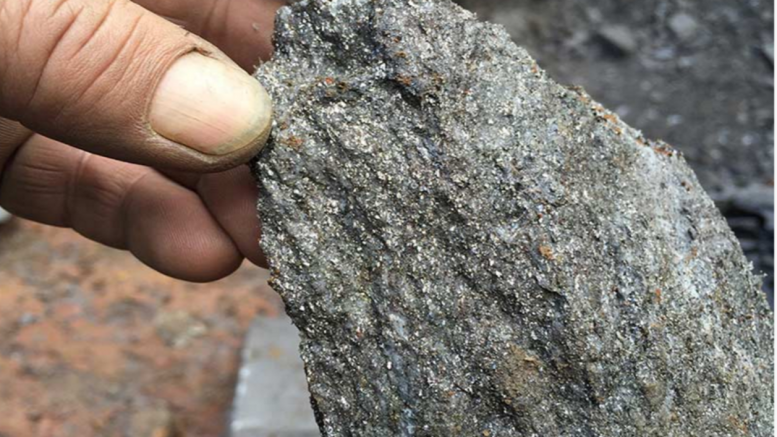Nouveau Monde Graphite (TSXV: NOU; NYSE: NMG) has released an integrated feasibility study for its Matawinie mine project and Bécancour battery material plant, both in Quebec, that reported a higher capital expenditure than expected by BMO analysts.
The projects are located within a 150-km radius of Montreal.
According to the latest study, the Matawinie mine project is expected to produce an average of 103,328 tonnes of graphite concentrate annually over 25 years, with the initial capex pegged at $481 million. At an 8% discount rate, Matawinie would generate a post-tax net present value (NPV) of $571 million and a post-tax internal rate of return (IRR) of 22.2%.
The Bécancour battery material plant is expected to produce 42,616 tonnes of anode material, 3,007 tonnes of purified jumbo flakes and 18,384 tonnes of by-product fine flakes on average every year. The initial capex for the plant is expected to be about $923 million. At an 8% discount rate, the project would generate a post-tax NPV of $1.01 billion and a post-tax IRR of 20.4%
“Market trends have accelerated in past months and while inflation and logistics turbulences present a more challenging environment, we have demonstrated our graphite expertise, advanced manufacturing capacity and complex project management skills to execute our vision,” Arne H Frandsen, the company’s chairman, said in a press release.
Located in Saint-Michel-des-Saints, Que., the Matawinie mine project has measured and indicated resources of 130.3 million tonnes grading 4.26% graphite for 5.55 million tonnes of graphite. Inferred resources add 23 million tonnes grading 4.28% graphite for 0.98 million tonnes.
The company is advancing both the project and the plant through a phased-development approach.

Nouveau Monde Graphite’s future commercial operations in Becancour, Quebec. Credit: Nouveau Monde Graphite
Since September 2018, the company has been operating a flake concentration and demonstration plant as part of the first phase of development. The phase one operations helped establish the capex and opex, among other factors, for Matawinie’s phase two, which includes civil works that started in quarter three of 2021.
For the battery plant, phase one included building a coating module with a 2,000 tonne per annum nameplate capacity, a purification demonstration plant and a commercial-scale shaping unit. The feasibility study was part of phase two.
From the final investment decision, Nouveau’s Phase-2 Matawinie mine and Bécancour battery material plant could be built in about 30 months, the company said.
“We have come a long way from our initial Matawinie mine project to develop an integrated operation tailored to the market’s technical requirements and sourcing strategy,” CEO Eric Desaulniers said in a press release.
In a research note to clients, BMO analyst Robin Fiedler noted that the all-in capex of $1.4 billion for the projects was 10% higher than BMO’s estimate. He also expects “several uncertainties” that could impact capital and operational expenses going forward including purification and coating piloting and ultimate graphite-to-anode processing yields.
He outlined labour availability and equipment delivery as key risks that could further impact the company’s capex.
During the PDAC conference in June, Nouveau Monde CEO Eric Desaulniers highlighted the absence of skilled workers for the battery industry in Canada as a big problem and talked about attracting workers from China where the industry is more developed. But he said that he was confident Nouveau would be able to supply graphite by 2025.
At press time in Toronto, shares of Nouveau Monde were trading at $6.20, down 39 cents or 5.92%, within a 52-week trading range of $6.05 and $11.90. The company has 55.6 million common shares outstanding.


Be the first to comment on "Nouveau Monde releases feasibility study for Matawinie mine and Becancour battery plant"